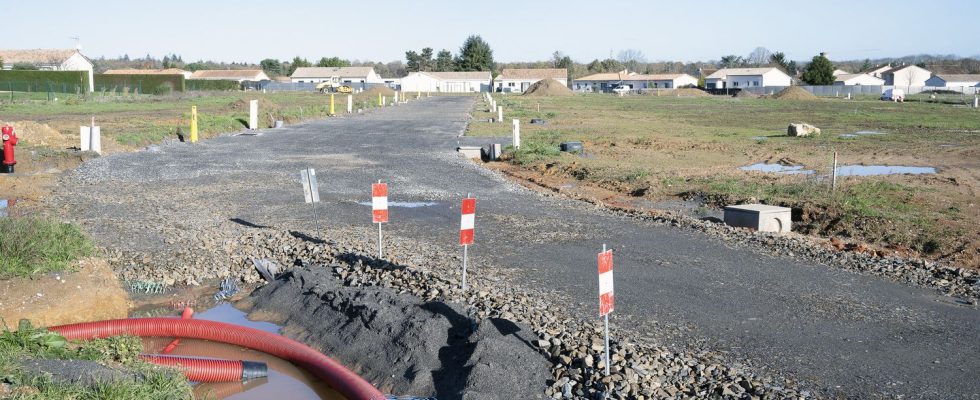It is possible to limit the artificialization of soils, believe the Abbé Pierre Foundation and the Foundation for Nature and Man.

Published
Reading time: 2 min

“We need this gentle densification”, advocates Tuesday March 19 on France Inter the director of studies of the Abbé Pierre Foundation (FAP), Manuel Domergue, who produced a report with the Foundation for Nature and Man. According to these two NGOs, it is possible to limit the artificialization of land, almost two-thirds of which is due to the construction of housing, and to reduce urban sprawl while reducing poor housing. “If we want more people to have housing without going to build concrete on the outskirts of cities, that means we need a little more density”explains the director of studies of the FAP.
“Beyond this triple climatic, ecological and also social emergency, we will also have to create housing without building”, agrees Thomas Uthayakumar, director of programs at the Foundation for Nature and Man. We need to increase density by building more housing per hectare in residential areas or by raising existing buildings, the authors emphasize. “There are plenty of medium-sized towns where we can add a floor. It’s vertical densification, without it posing any very complicated problems”notes Manuel Domergue of the FAP. “And then there is gentle horizontal densification such as building on the same plot, adding housing”, he adds. Gentle densification, whether vertical or horizontal, does not result in “very impressive large constructions and it does not fundamentally change the face of the city but it allows a few more people to live”continues the Abbé Pierre Foundation.
Turn to vacant housing
The “zero net artificialization” (ZAN) objective, enshrined in the law, obliges France to halve, every ten years, the rate of erosion of natural spaces by the city and to have stopped the phenomenon in 2050. “By 2031, we have 100,000 hectares left to artificialize”, develops Thomas Uthayakumar. The two NGOs also suggest measures to encourage the occupation of vacant housing. “Beyond densification, we will also have to create housing without building, that is to say, see what is happening with vacant housing and second homes”affirms Thomas Uthayakumar, either “18 % of housing stock”.
Another suggestion from the two associations: the “residential course for seniors”in other words to encourage the occupation of “under-occupied housing”. “There is on the one hand, among young households, young families, a very strong over-occupation, with very serious social consequences and on the other hand, a much larger part of the population which is under -population”explains the FAP. “We must offer a residential route to share a large home, or to move and be closer to public services and this will free up square meters”estimates the director of studies of the Abbé Pierre Foundation.
